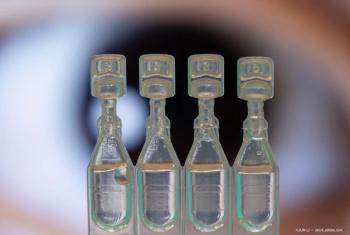
|Articles|November 15, 2003
Time to enhance re-treatment of LASIK overcorrections
Author(s)David Roncone, OD, Philip C. Roholt, MD
The incidence of overcorrection after LASIK for myopia is low, but the results of re-treatment are variable. Re-treating often results in a shift back to myopia, leaving the patient unhappy. To improve the results of LASIK enhancement surgery, a new formula is warranted. In 1999, Drs. Lindstrom and co-workers noted that laser treatment achieved different effects in eyes with primary versus secondary hyperopia. They attributed this effect to dynamics of wound healing.
Advertisement
Newsletter
Don’t miss out—get Ophthalmology Times updates on the latest clinical advancements and expert interviews, straight to your inbox.
Advertisement
Latest CME
Advertisement
Advertisement
Trending on Ophthalmology Times - Clinical Insights for Eye Specialists
1
ONL Therapeutics reports positive phase 1b data for xelafaslatide in geographic atrophy
2
FDA feedback supports Azura’s Ophthalmic's planned NDA for AZR-MD-001 in MGD
3
Alcon raises offer in amended deal to acquire STAAR Surgical
4
Neurotrophic keratitis outcomes improve with early, stage-based care
5














































.png)


